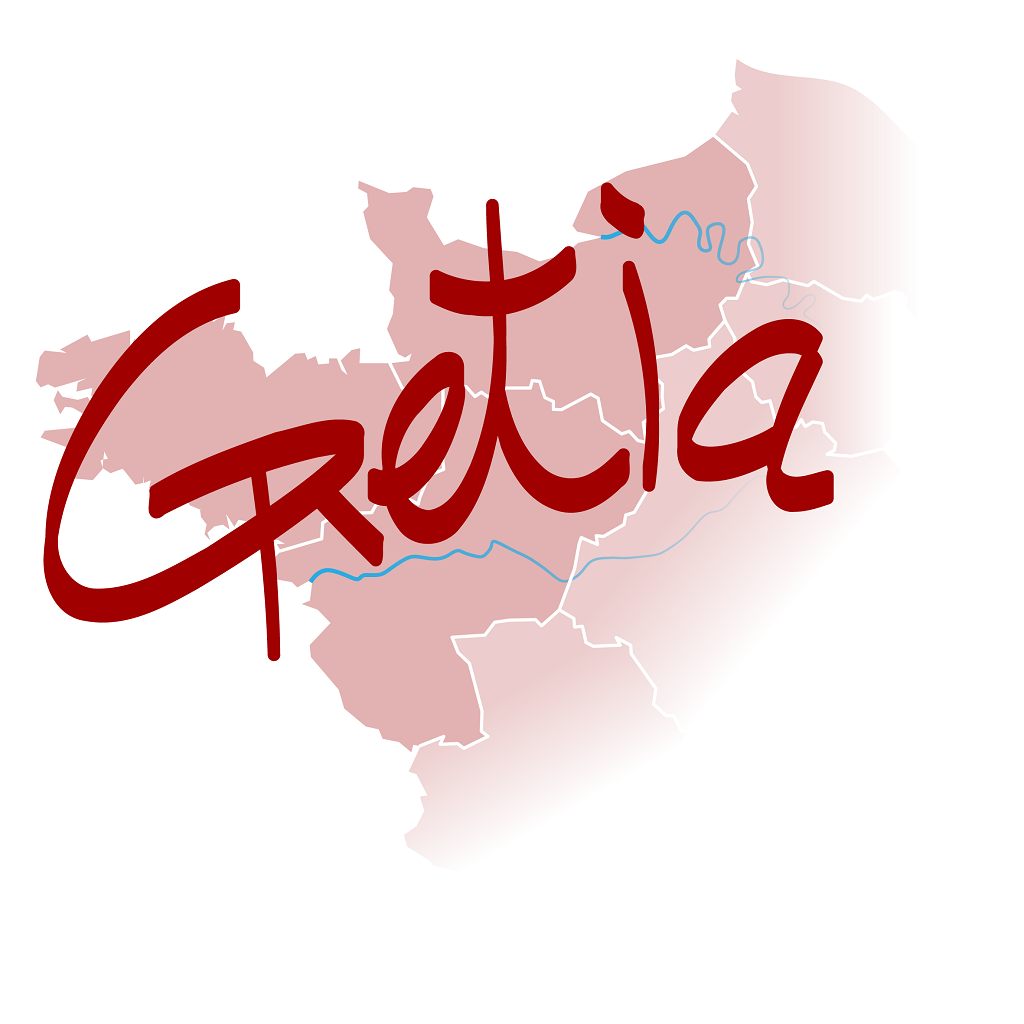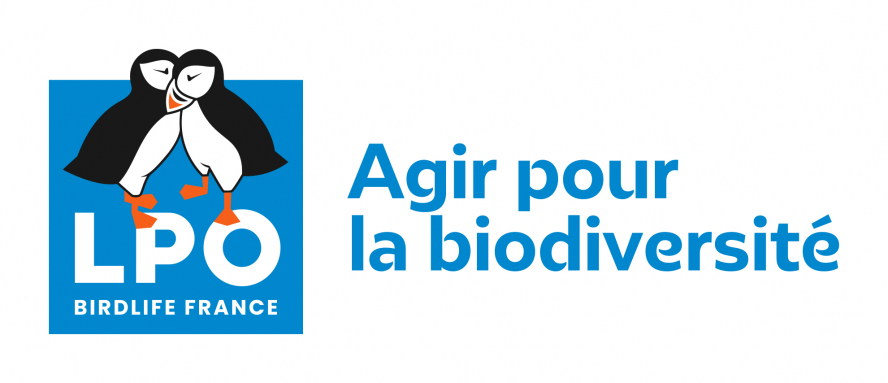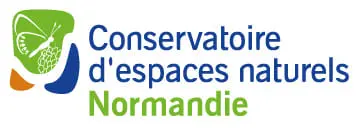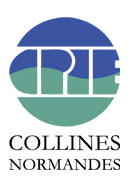Libellule déprimée (La)
Libellula depressa Linnaeus, 1758
- 650 observations
-
163
communes -
116
observateurs
30
organismes -
Première observation
1900 -
Dernière observation
2025
Alençon - Almenêches - Appenai-sous-Bellême - Argentan - Athis-Val de Rouvre - Aubry-le-Panthou - Aunay-les-Bois - Avernes-Saint-Gourgon - Bagnoles de l'Orne Normandie - Bailleul - Banvou - Barville - Bazoches-sur-Hoëne - Beauvain - Belforêt-en-Perche - Bellavilliers - Bellême - Bellou-en-Houlme - Berjou - Bizou - Boischampré - Bonsmoulins - Bretoncelles - Briouze - Brullemail - Canapville - Carrouges - Ceaucé - Ceton - Chahains - Chailloué - Champsecret - Charencey - Ciral - Cisai-Saint-Aubin - Colombiers - Coudehard - Coulonges-sur-Sarthe - Cour-Maugis sur Huisne - Crouttes - Cuissai - Dame-Marie - Domfront en Poiraie - Écouché-les-Vallées - Écouves - Essay - Feings - Ferrières-la-Verrerie - Fleuré - Gandelain - Giel-Courteilles - Gouffern en Auge - Hauterive - Héloup - Joué-du-Bois - La Bellière - La Chapelle-Montligeon - La Chapelle-près-Sées - La Chapelle-Souëf - La Coulonche - La Ferrière-au-Doyen - La Ferrière-Béchet - La Ferrière-Bochard - La Ferté-en-Ouche - La Ferté Macé - L'Aigle - La Lande-de-Goult - Laleu - La Mesnière - La Motte-Fouquet - Le Bouillon - Le Cercueil - Le Champ-de-la-Pierre - Le Châtellier - Le Grais - Le Mage - Le Ménil-Broût - Le Pas-Saint-l'Homer - Le Pin-la-Garenne - Le Plantis - Le Sap-André - Les Monts d'Andaine - Les Ventes-de-Bourse - Les Yveteaux - Longny les Villages - Lonlay-l'Abbaye - L'Orée-d'Écouves - Magny-le-Désert - Mantilly - Marchemaisons - Mauves-sur-Huisne - Méhoudin - Ménil-Hermei - Mieuxcé - Montgaudry - Montilly-sur-Noireau - Montmerrei - Mortrée - Moulins-la-Marche - Moulins-sur-Orne - Moutiers-au-Perche - Neuvy-au-Houlme - Parfondeval - Passais Villages - Perche en Nocé - Pervenchères - Pouvrai - Putanges-le-Lac - Rânes - Rémalard en Perche - Rives d'Andaine - Roiville - Rouperroux - Sablons sur Huisne - Sai - Saint-Aubin-de-Bonneval - Saint-Aubin-de-Courteraie - Saint-Bômer-les-Forges - Saint-Céneri-le-Gérei - Saint-Clair-de-Halouze - Saint-Cyr-la-Rosière - Saint-Denis-sur-Huisne - Saint-Denis-sur-Sarthon - Sainte-Honorine-la-Guillaume - Saint-Ellier-les-Bois - Sainte-Marguerite-de-Carrouges - Sainte-Scolasse-sur-Sarthe - Saint-Evroult-Notre-Dame-du-Bois - Saint-Fraimbault - Saint-Germain-de-Clairefeuille - Saint-Germain-de-la-Coudre - Saint-Germain-du-Corbéis - Saint-Gervais-du-Perron - Saint-Gilles-des-Marais - Saint-Hilaire-de-Briouze - Saint-Léger-sur-Sarthe - Saint-Léonard-des-Parcs - Saint-Mard-de-Réno - Saint-Mars-d'Égrenne - Saint-Martin-du-Vieux-Bellême - Saint-Nicolas-des-Bois - Saint-Patrice-du-Désert - Saint-Philbert-sur-Orne - Saint-Pierre-d'Entremont - Saint-Pierre-des-Loges - Saint-Roch-sur-Égrenne - Saint-Sauveur-de-Carrouges - Saint-Sulpice-sur-Risle - Sap-en-Auge - Sarceaux - Sées - Sevrai - Soligny-la-Trappe - Tanques - Tanville - Tessé-Froulay - Ticheville - Torchamp - Tourouvre au Perche - Val-au-Perche - Vaunoise - Vieux-Pont - Villedieu-lès-Bailleul
-
Association Faune & Flore de l'Orne (AFFO)
Participation à 186 Observations
Part d'aide à la prospection : 28.62 %
Fiche organisme
-
PNR du Perche
Participation à 148 Observations
Part d'aide à la prospection : 22.77 %
Fiche organisme
-
PNR et géoparc mondial UNESCO Normandie-Maine
Participation à 145 Observations
Part d'aide à la prospection : 22.31 %
Fiche organisme
-
Société Française d'Odonatologie
Participation à 67 Observations
Part d'aide à la prospection : 10.31 %
Fiche organisme
-
Office pour les insectes et leur environnement (OPIE)
Participation à 67 Observations
Part d'aide à la prospection : 10.31 %
Fiche organisme
-
DREAL Centre-Val de Loire
Participation à 57 Observations
Part d'aide à la prospection : 8.77 %
Fiche organisme
-
Conseil départemental de l'Orne (bureau ENS)
Participation à 42 Observations
Part d'aide à la prospection : 6.46 %
Fiche organisme
-
UMS PatriNat (OFB-CNRS-MNHN)
Participation à 39 Observations
Part d'aide à la prospection : 6.00 %
Fiche organisme
-
GRoupe d'ETude des Invertébrés Armoricains (GRETIA)
Participation à 22 Observations
Part d'aide à la prospection : 3.38 %
Fiche organisme
-
Habitants-bénévoles
Participation à 19 Observations
Part d'aide à la prospection : 2.92 %
Fiche organisme
-
Ministère de la Transition écologique et de la Cohésion des territoires
Participation à 10 Observations
Part d'aide à la prospection : 1.54 %
Fiche organisme
-
Système mondial d’information sur la biodiversité (GBIF)
Participation à 10 Observations
Part d'aide à la prospection : 1.54 %
Fiche organisme
-
Conseil départemental de l'Orne
Participation à 8 Observations
Part d'aide à la prospection : 1.23 %
Fiche organisme
-
Naturalia-Environnement
Participation à 8 Observations
Part d'aide à la prospection : 1.23 %
Fiche organisme
-
INTERVIA ETUDES
Participation à 8 Observations
Part d'aide à la prospection : 1.23 %
Fiche organisme
-
Peter Stallegger (Consultant Environnement)
Participation à 7 Observations
Part d'aide à la prospection : 1.08 %
Fiche organisme
-
Muséum national d'Histoire naturelle (MNHN)
Participation à 6 Observations
Part d'aide à la prospection : 0.92 %
Fiche organisme
-
Conservatoire d'espaces naturels de Normandie (CEN Normandie)
Participation à 5 Observations
Part d'aide à la prospection : 0.77 %
Fiche organisme
-
Office national des forêts (ONF)
Participation à 5 Observations
Part d'aide à la prospection : 0.77 %
Fiche organisme
-
Bureaux d'études & consultants
Participation à 4 Observations
Part d'aide à la prospection : 0.62 %
Fiche organisme
-
SUEZ RV NORMANDIE
Participation à 1 Observation
Part d'aide à la prospection : 0.15 %
Fiche organisme
-
Office Français de la Biodiversité (OFB)
Participation à 1 Observation
Part d'aide à la prospection : 0.15 %
Fiche organisme
-
CPIE Collines normandes
Participation à 1 Observation
Part d'aide à la prospection : 0.15 %
Fiche organisme
-
Thema Environnement
Participation à 1 Observation
Part d'aide à la prospection : 0.15 %
Fiche organisme
-
IEL Exploitation 74
Participation à 1 Observation
Part d'aide à la prospection : 0.15 %
Fiche organisme
-
Ferme éolinne de Germancé à Saint-Ellier-les-Bois
Participation à 1 Observation
Part d'aide à la prospection : 0.15 %
Fiche organisme
Informations espèce
Longueur de l'abdomen : 21-31 mm.
Diagnose :
Cette espèce se caractérise par son abdomen large et trapu, avec des lunules latérales jaunes sur chaque segment. Les mâles matures ont l'abdomen recouvert d'une pruinosité bleue qui peut cacher les lunules jaunes. L'abdomen des femelles est brun jaune.
Détermination :
Cette espèce est simple à reconnaître.
Période d’observation :
Les adultes sont observés d'avril à septembre.
Biologie-éthologie :
Cette espèce a une génération par an à basse altitude. En montagne, la durée du stade larvaire est plus longue et l'on observe une génération tous les 2 ans. Les larves sont aquatiques et carnivores. Elles sont capables de passer l'hiver enfouies dans la terre asséchée et peuvent se déplacer d'une mare à une autre par la terre ferme. Les adultes émergent au printemps. Ils sont aussi carnivores et ont un fort pouvoir de déplacement. L'accouplement se déroule en vol et dure moins de 30 secondes. La ♀ pond ses œufs isolément à la surface de l'eau. Ils sont enrobés d'un mucus qui facilite leur adhésion à divers supports.
Biogéographique et écologie :
L'espèce est présente en Europe, en Asie centrale et en Asie mineure. C'est une espèce pionnière très commune qui colonise de nombreux types d'habitat associés à des eaux stagnantes ou faiblement courantes. On l'observe jusqu'à 2000 m d'altitude.
D'après :
Grand, D. & Boudot, J.-P. 2006. Les Libellules de France, Belgique et Luxembourg. Collection Parthénope. Biotope, Méze : 480 pp.
Dijkstra, K.-D. B. 2007. Guide des libellules de France et d'Europe. Les guides du naturaliste. Delachaux & Niestlé, Paris.
Source : fiche descriptive, INPN
C2 : Eaux courantes de surface
J5 : Plans d'eau construits très artificiels et structures connexes
Répartition actuelle en France métropolitaine
© INPN - Avertissement : les données visualisables reflètent l'état d'avancement des connaissances et/ou la disponibilité des données existantes au niveau national : elles ne peuvent en aucun cas être considérées comme exhaustives.
Répartition actuelle dans le monde
Avertissement : les données visualisables reflètent l'état d'avancement des connaissances et/ou la disponibilité des données existantes au niveau mondial : elles ne peuvent en aucun cas être considérées comme exhaustives.

















